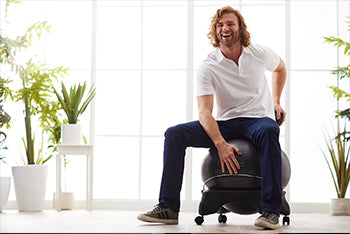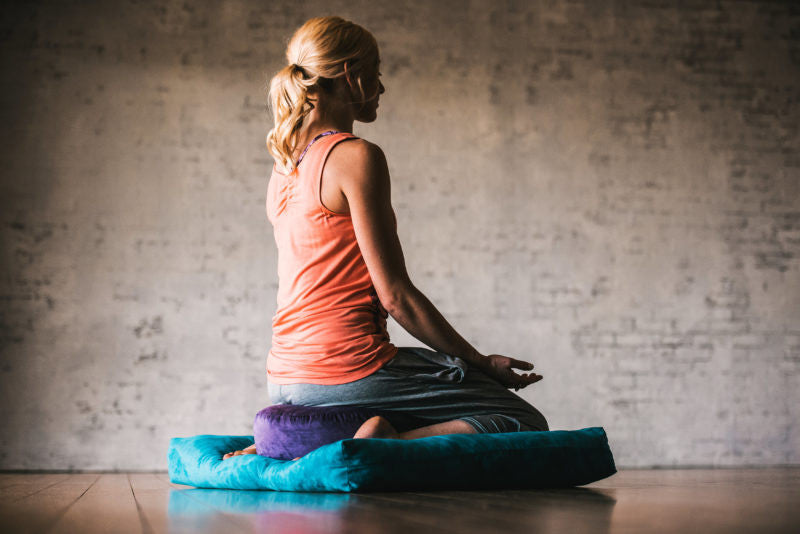Brene Brown wrote, “Faith is a place of mystery, where we find the courage to believe in what we cannot see and the strength to let go of our fear of uncertainty.”
Every time I go into meditation, it is an act of faith, of pressing into fear and moving closer to the truth. It is the practice of meditating that has allowed me to seek that truth, to choose the harder path, and to find compassion for myself in the process.
Through the years, I’ve come across a few types of meditation that have helped me in the most fear-ridden times of my life.
Qigong Meditation
In Traditional Chinese Medicine, it is believed that fear is stored in the kidneys. In Western medicine, it is known that fearful thoughts are little more than chemical and electrical signals, triggered through a complex network of communication in the body’s cells. With enough repetition, those neural pathways are formed and cemented, causing the same response each time a threat is detected.
When the mind is faced with a threat, whether real or perceived, it goes back through those pathways to do the same actions. And that is where qigong meditation steps in. By repeating positive thoughts, you can create and strengthen neural pathways, and clear up the kidneys, to help you with greater control over your emotions.
Try it yourself:
Sit with your shoulders relaxed and your feet flat against the floor. Place your hands over your kidneys (at your back under your lower ribs). Picture them and the small adrenal glands over them in your mind.
Closer your eyes, smile, and inhale your stomach out, imagining dark blue light and peace surrounding your kidneys and adrenal glands. Exhale by pushing your stomach back in.
After a few breath cycles, lean forward a little on your inhale, clasp your hands below your knees, open your eyes, and imagine exhaling fear, making a “choo” sound.
Repeat two more times.
Lean In
The practice of meditation is meant to be practical—helping us move through our days with a touchstone of peace and mindfulness. As with any emotion, meditation can help stabilize us in the face of fear to help us understand it more clearly.
Through your day, you can help yourself meet fear in a more positive way with the power of meditation.
Try it yourself:
Check in with your emotions throughout your day. Whenever you feel fearful, let the feeling stay.
Instead of running, take a deep breath and approach your thoughts of dread and worry with friendliness and curiosity. Be kind to yourself in fear, as you would for a trusted friend.
If you have the time and space, sit down and breathe into your fear for ten breath cycles.
Fear as Power
Chris Bertish is a world record holding big wave surfer. And he has interesting things to say about fear:
“Fear is saying: this is the perfect time to be able to do what you’re trying to do. Your body is actually preparing you to have a positive outcome. Once you can really understand that fear is an emotion like any other emotion, you can learn to manage it. And then you can do things that most people consider to be extraordinary.”
Bertish has learned to manage and process his fear to make it work for him, allowing it to help him to incredible feats of strength.
Try it yourself:
To overcome my fear of heights, I have embraced the terror, taking a lead rock climbing class where I have to climb to the top of the wall and free fall halfway down the wall before being safely caught with a rope.
Through practice, open mindedness, and cheering friends and instructors, I have found a way to breathe through the terror and let go over and over again. The fear remains, but my reaction to it has changed.
Practice it yourself?—what is your fear? What small, safe steps can you take to practice minding your breath in the middle of that fear? As you practice, what changes do you notice over time?










